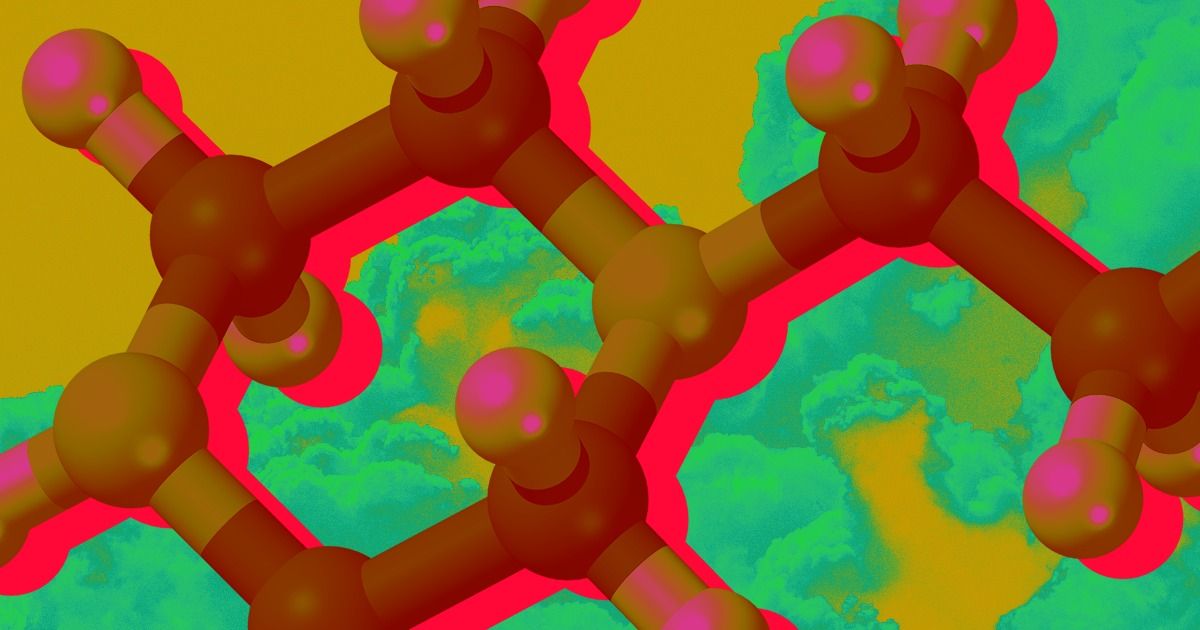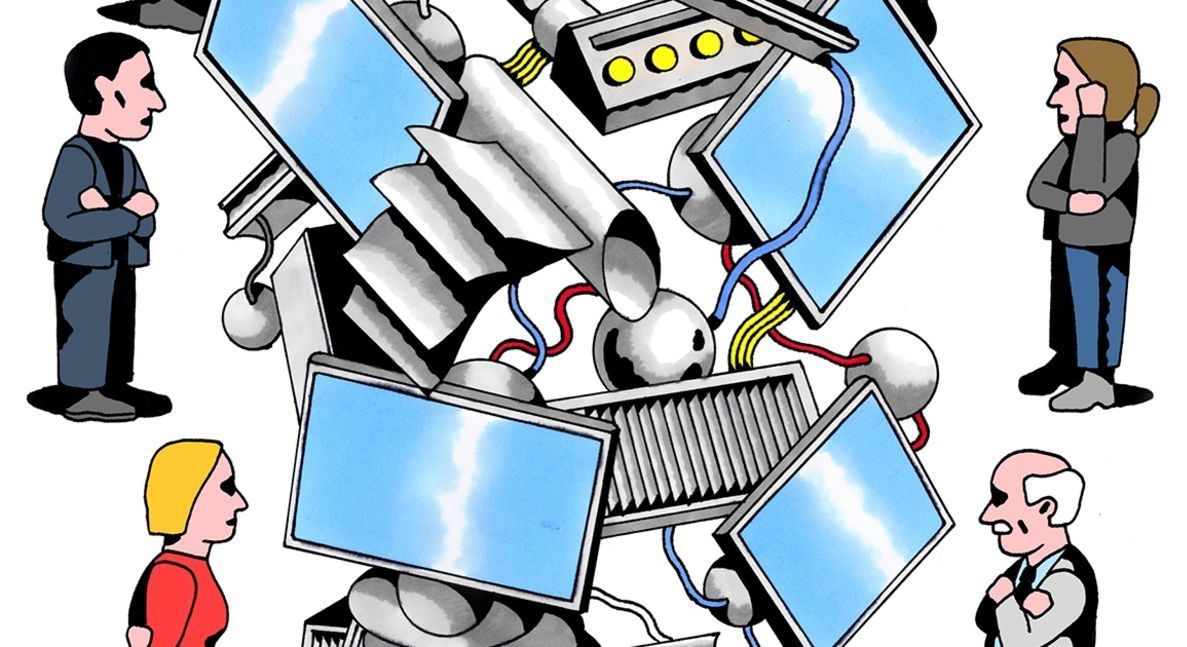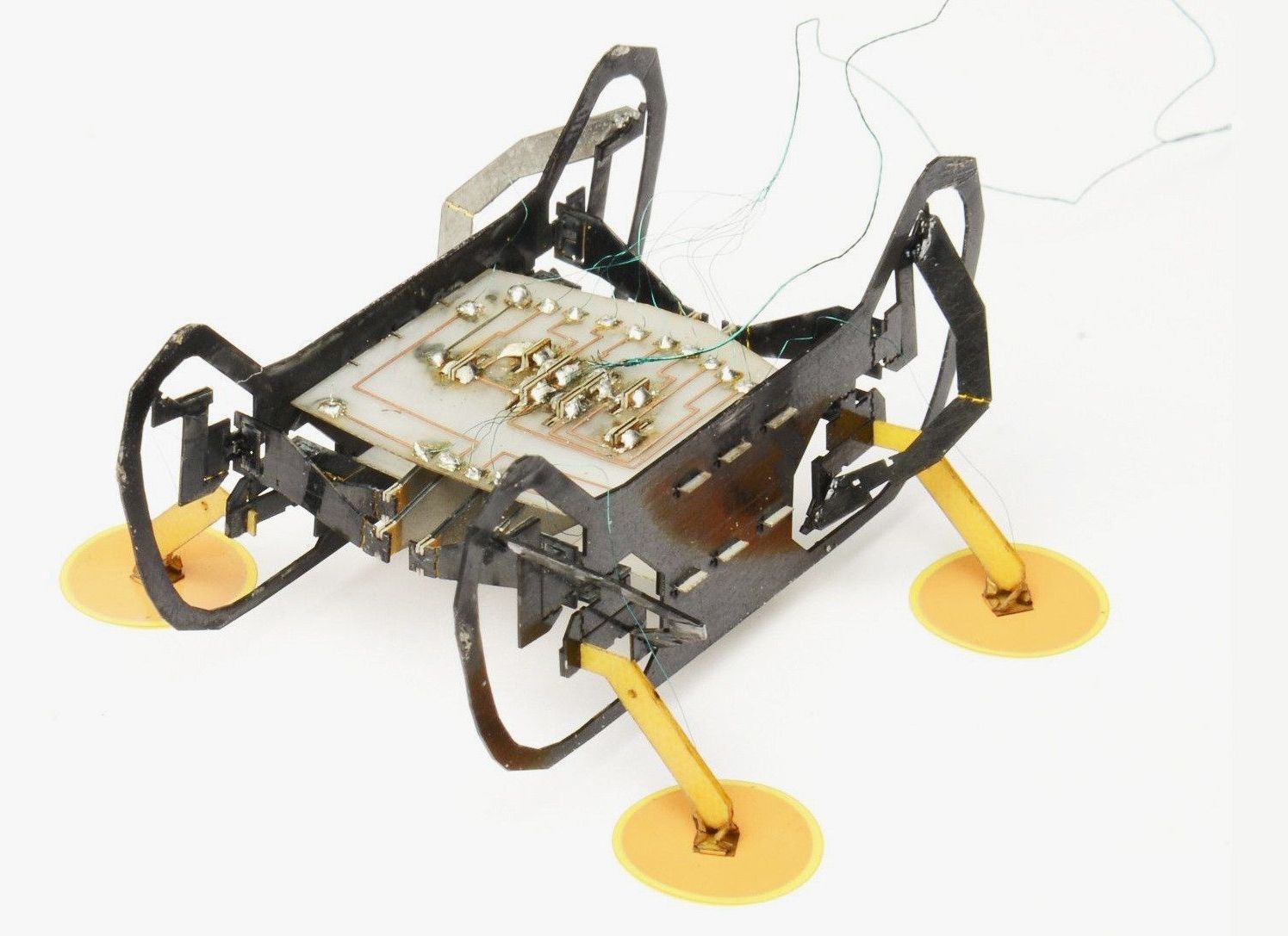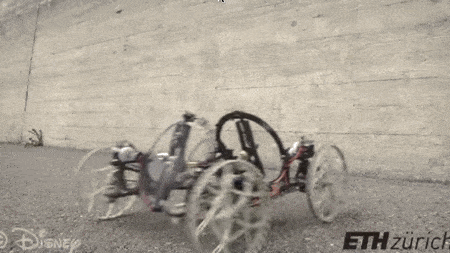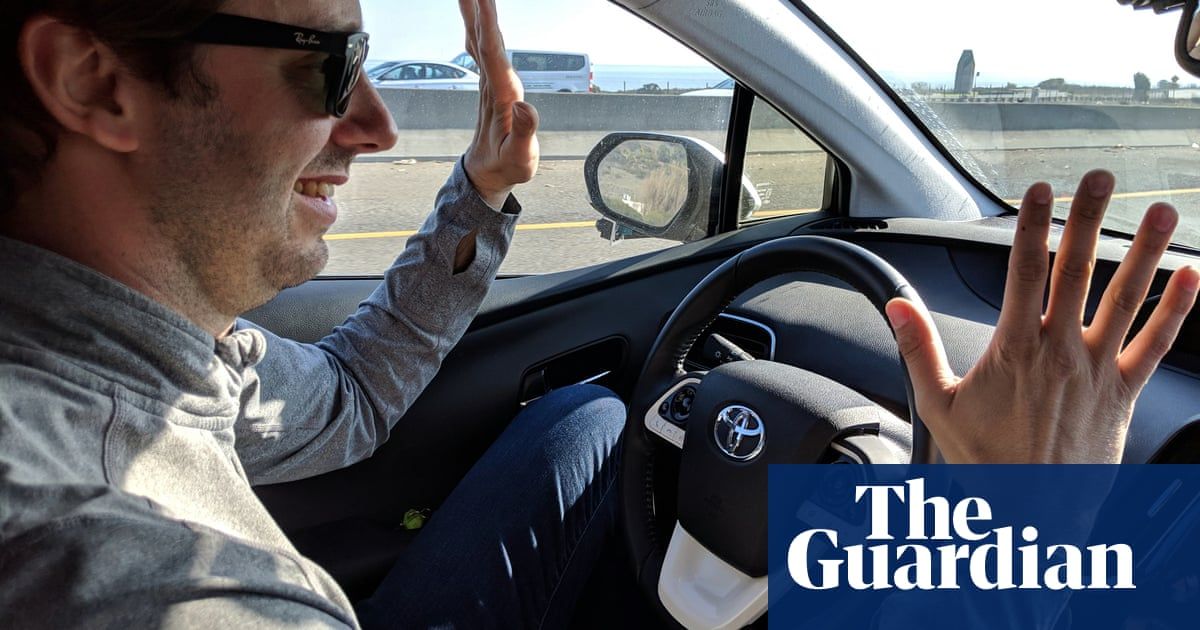I am overjoyed to be co-hosting the second “Undoing Aging” conference together with Michael Greve just one year after the first, thanks to the generosity and hard work of Michael’s Forever Healthy Foundation and their team.
It is now entirely appropriate to be holding conferences on rejuvenation biotechnology every year, given how rapidly the field and the industry have grown relative to a decade ago, when my conferences in Cambridge were biannual. As you will see below, we are again assembling a huge variety of world-leading speakers whose research spans all aspects of rejuvenation biotechnology.

